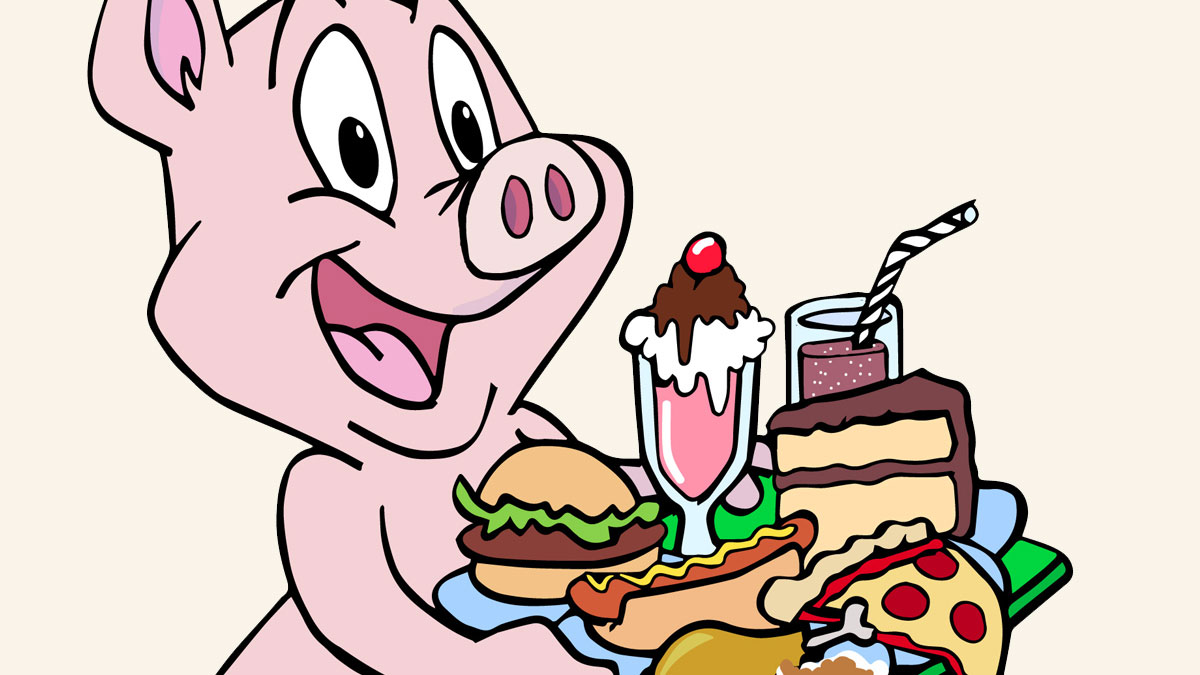It’s torture. You’re dining out and you’re determined to be healthy, but – oh! – look at that bread basket, and – c’mon! – surely you’re not going to have to settle for a salad on this special night out?
It is possible to dine out in a healthy way, said Dr. Will Bulsiewicz of Lowcountry Gastroenterology in Mount Pleasant, and that salad might not be the way to go.
“Most commercial salads in restaurants probably do more harm than good, to be honest with you,” Dr. Bulsiewicz said. “There’s little to no nutritional value in iceberg lettuce. Now, if you sprinkle on cheese and bacon or a cheese-based dressing, I know it’s delicious, but it’s also dramatically ramping up the calories in the food and adding a lot more unhealthy fats and processed foods.”
The key is not necessarily eating salads but creating a balanced plate, said Brittany L. Jones, a dietician at Blush Nutrition in Greenville.

“I’m a visual learner, so I talk about the portion plate,” she said. “Think of half of your plate as non-starchy vegetables like broccoli, a quarter of your plate as lean meat like chicken and a quarter as complex carbohydrates. Starchy vegetables like corn and potatoes count as carbohydrates.”
“The American way is to offer something on a plate that is way more than what you personally need. It gives the customer a sense of value,” Dr. Bulsiewicz said. “Part of the issue is we need to slow down and take the time to enjoy our meal. And part of it is to just literally take your plate and say you are taking a third or a half of it home. Make that decision ahead of time. Then draw the line and stop yourself at that point.”
And, of course, some of the unhealthy things aren’t on your plate. Sometimes, that drink is the thing that makes your meal unhealthy.
“Everyone should get a glass of water, no matter what, with every single meal,” Dr. Bulsiewicz said. “Hydration is potentially the lowest hanging fruit there is in terms of health. Alcoholic drinks are going to have calories, but you can still treat yourself. Champagne has fewer calories than a White Russian but has equal amounts of alcohol.”
Jones said you just have to plan for your drinks before you go out and be moderate.
“If that’s what you want your fun food to be, I say balance functional foods with fun foods in an 80/20 balance. Alcohol has sugars, so don’t do a carb-heavy meal because the alcohol is playing that role,” Jones said.
Dr. Bulsiewicz said the Japanese have the right idea, with a term called hara hachi bu, which advocates eating until you are 80 percent full and then stopping.
“There’s a delay between the food you eat and your body’s ability to catch up and release the proper hormones to tell you that you’re full,” he explained. “If you eat until you’re 80-percent full, you’ve had enough. It’s stopping before you kind of hate yourself and have to lie on the couch groaning and change into sweatpants because even your jeans are too tight.”
Jones said to learn the adjectives on a menu.
“A creamy sauce will be higher in fat or calories. And there are about 15 ways to say ‘fried’ – crispy, tempura, golden. Look out for those words and go for adjectives like roasted, steamed, garden-fresh, sautéed or stir-fried,” she said.
Even fast food can be healthy, although it’s admittedly a bigger challenge.
“If you go to a barbecue joint, go for the sides first,” Dr. Bulsiewicz said.
And Jones said most fast-food places have grilled chicken on the menu, which is one of their healthier options.
The biggest healthy change you can make when dining out is to change your attitude, Dr. Bulsiewicz said.
“Lunch or dinner should be a social event,” he explained. “Many of us are looking at our phones, which is the opposite of social. Many of us are eating our food aggressively and quickly. If you take your time, your body is designed to give you signals. If you sprint to the finish of a meal, you are missing the opportunity to get that feedback for satiety.”
By Helen Mitternight







